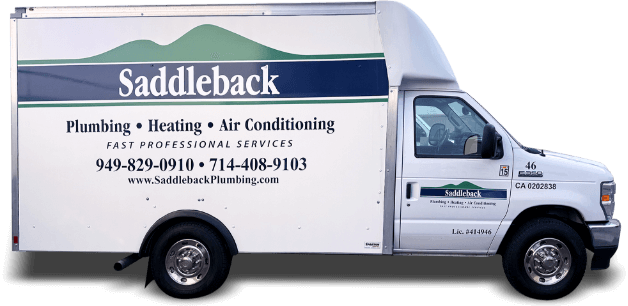How Do I Check for a Dirty Evaporator Coil?
July 2nd, 2011The evaporator coil is an essential piece of your air conditioning system. It absorbs heat from air that passes over it, and that air then travels into your home to cool it. So if your coil is dirty or isn’t functioning properly, the cooling power of your air conditioning system is diminished. Fortunately, this problem is fixed easily by cleaning the evaporator coil. You can do this on your own or have a professional come in to take care of it.

